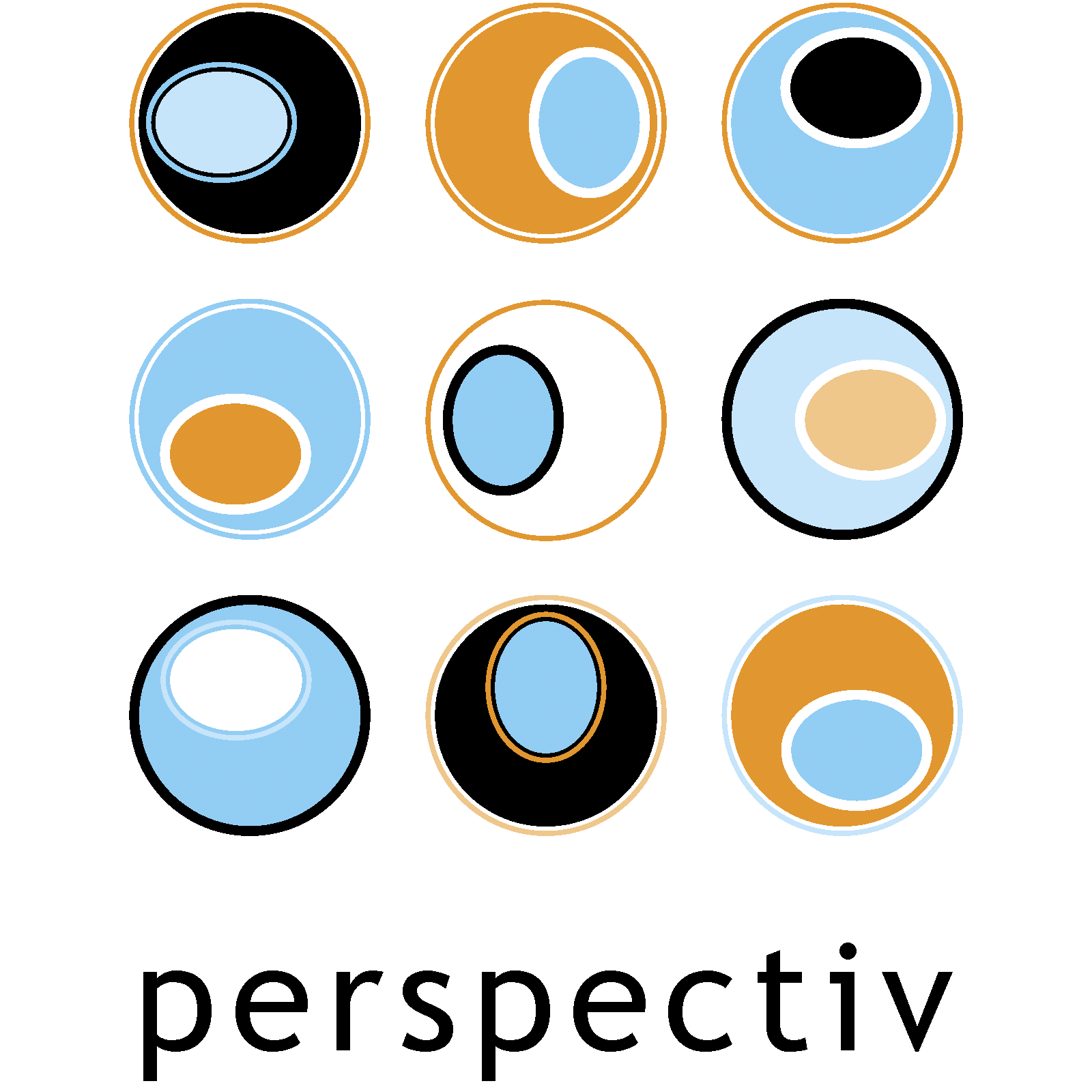Variations in language and terminology are often a block to people working together because over time, different disciplines diverge in their use and meaning of the same terms.
Read MoreOpen Space is a method for running forums where issues and opportunities are translated into action. It enables widely differing groups of people to work together when faced with dynamic uncertainty.
Read MoreThe quest for resilience is seemingly ubiquitous, which is perhaps not surprising given the degree of change, complexity and uncertainty in the world.
Read MoreLeaders who ‘role model’ well inspire change – they constantly strive to set the best example to those who follow them. This video explores self development and what’s involved in raising our game as leaders.
Read MoreLeadership is a relationship between those who choose to lead and those who choose to follow. This video highlights the enduring, cross-cultural attributes of people we willingly follow, based on 30 years of research.
Read MoreWe fail more often because we solve the wrong problem than because we get the wrong solution to the right problem.
Read MoreAs a culture we have many outdated, mythical and just plain wrong conceptions of leadership. This post introduces some more helpful conceptions about leadership and the challenge to rethink ‘management’.
Read MoreThroughout life, you will move from moment to moment, task to task. Some moments will provide greater opportunities than others to shape the frame of mind people develop. We call them moments of truth.
Read MoreSolving ‘wicked’ problems requires both ‘vertical’ and ‘horizontal’ skill sets: technical skills and knowledge must be complemented by a host of other people and thinking skills. We call this being ‘T-shaped’.
Read MoreTo lead in a world that is volatile, uncertain, complex and ambiguous (VUCA), you have to take risks, keep learning and take action on your learning. This video considers the basic tool of a leader – the self.
Read MoreThe Danish philosopher Soren Kierkegaard wrote a story about a wild duck that has a moral we see as being pertinent to individuals, teams and organisations: beware of becoming satisfied with the status quo.
Read MoreA Vision provides clarity of direction that unites stakeholders and sets a creative tension that inspires and motivates. This video looks at the attributes of an inspiring Vision that generates enthusiasm to strive towards a goal.
Read MoreThis video emphasises the importance of understanding your purpose and personal values – timeless guiding principles that require no external justification because they have internal value to you.
Read MoreThe world is increasingly volatile, uncertain, complex and ambiguous (VUCA). This video gives a flavour of some of the ways in which studying Creative Leadership can help you to develop the skills for creative and resilient leadership.
Read MoreEffective innovation relies on people with different cognitive approaches to change, processing information and making decisions – it is this cognitive diversity that ensures organisations avoid collective blindness.
Read MoreTo improve in any field of activity, we need to change and grow - which means we have to take risks, let go, try new things and continually learn from our own experiences.
Read MoreVIEW is a self-assessment instrument that examines three important dimensions of style that relate directly to creative behaviour, problem solving and change – like a mirror that provides valuable feedback about ourselves.
Read MoreThis article by Rachel Sharp from HR Magazine explores creativity and innovation and looks at some productive approaches for Human Resources’ involvement. It finishes with Perspectiv’s Andy Wilkins discussing Rachel’s style of creativity measured by VIEW.
Read MoreThe Situational Outlook Questionnaire® (SOQ) is an assessment tool that measures climate, helps make the invisible more visible and points the way to a more productive, more creative and healthier environment.
Read MoreIn management literature ‘culture’ is often muddled with ‘climate’, but the difference can be likened to a tree: climate is the observable parts above ground and culture is the roots hidden below ground.
Read More




















